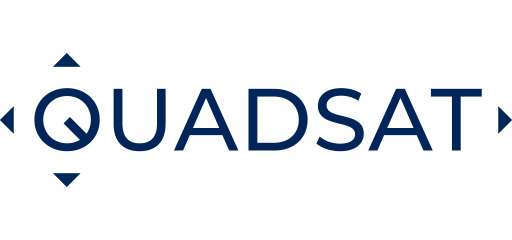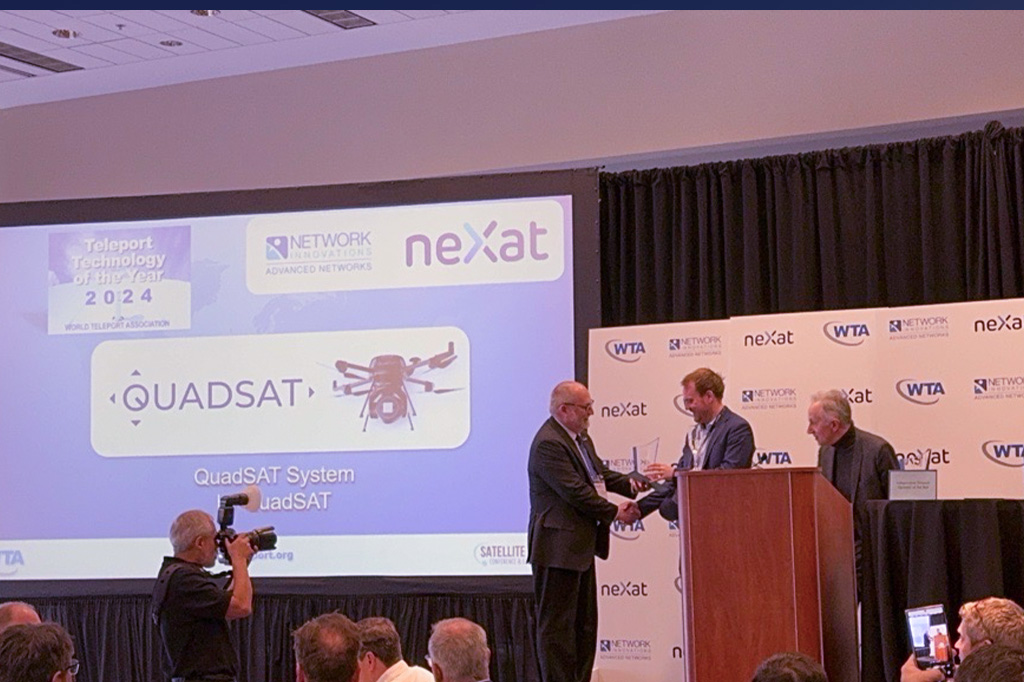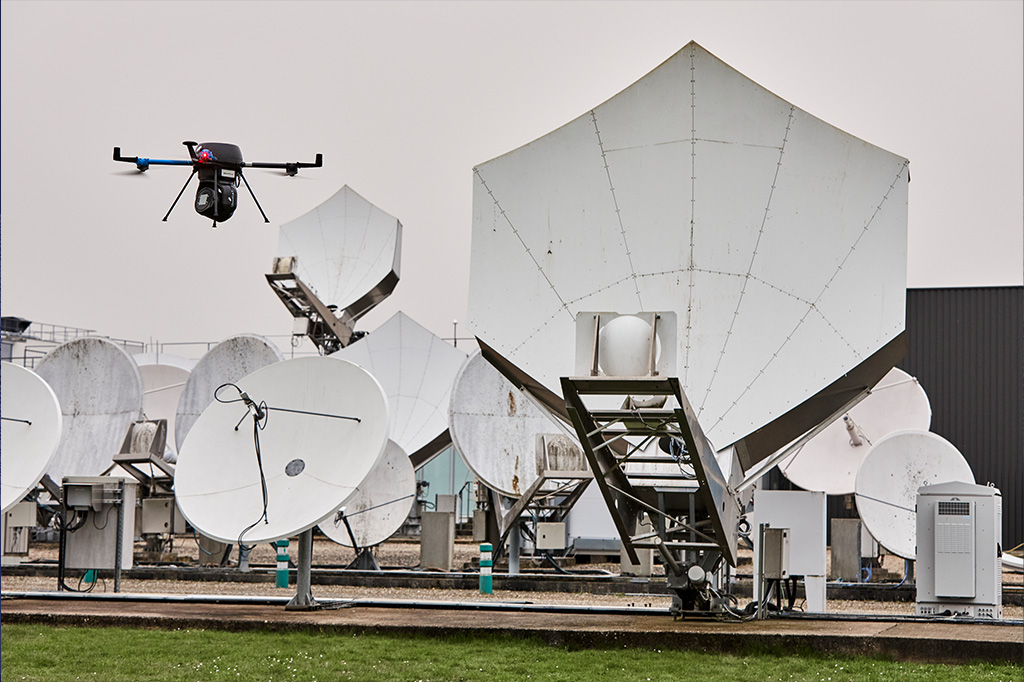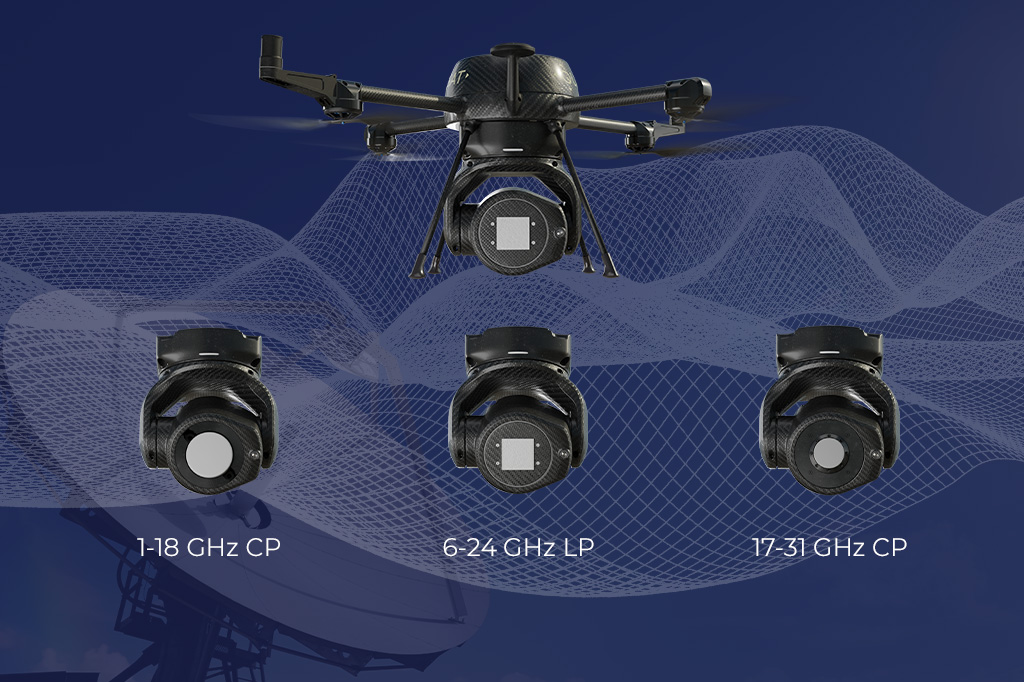As an organisation that originates from academia, QuadSAT places value on working alongside academic establishments, like Cranfield University, to evaluate the latest technological advances within satcom. With a revolutionary approach to antenna testing, we have delivered many studies and reports detailing the technical aspects of data collection and management when undertaking antenna testing with UAVs.
Our latest work with Cranfield University
Our latest report, produced by our CEO, Joakim Espeland, and a team from The School of Aerospace, Transport and Manufacturing at Cranfield University discusses considerations around additional uncertainties during comms-on-the-move antenna measurements taken by UAVs, due to the mobility of the systems.
One of the important requirements of a COTM terminal antenna is the tracking capability to keep pointing towards the intended satellite when it is operated on a vehicle. Previously, a huge facility would have been required to perform this tracking evaluation test. We proposed that an in-situ measurement using a multi-UAV system could test the antenna on-site as the UAV could emulate the trajectory of a non-GEO satellite during the measurement process.
Using this method would of course introduce additional uncertainties, therefore the team knew it would be beneficial to have a methodology to reduce the effect of noise and improve the accuracy of the evaluation to calculate the depointing measurement. Alongside Cranfield University, the team at QuadSAT worked to establish the impact of these uncertainties and establish a method to ensure accurate test readings were collected. Members of the QuadSAT team will be presenting an in-depth discussion regarding this process at AMTA 2021.
The Conclusion
Through thorough research, teams at both QuadSAT and Cranfield University formulated a stochastic filter for depointing measurements, and its performance was then analysed. The developed approach showed better accuracy and highlighted that it required a fewer number of sensors in the numerical simulation compared to the conventional table matching approach. The findings confirmed that the approach to fight against the additional uncertainties introduced by dynamic measurement systems and to make it more practical.
Why we value working with academic establishments
Having started as a university project, we know the benefits of working with fresh-thinking students who can bring new thoughts and perspectives to our development and evaluation processes. It also provides students with a brilliant opportunity to apply their methodology and hypotheses to real-life scenarios and solutions, providing them with more depth of understanding and experience within the field.
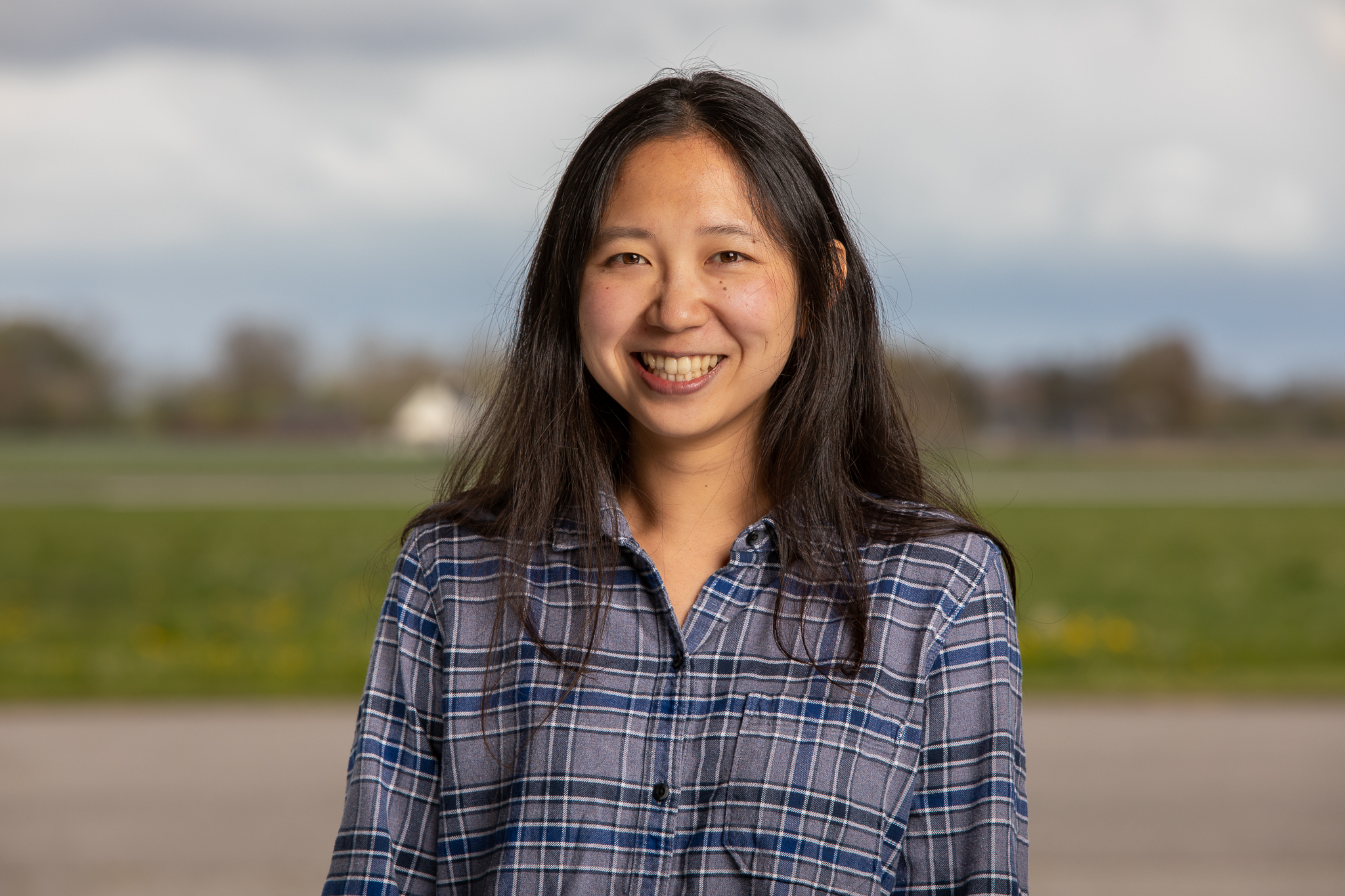
Saki Omi, PhD, Cranfield University comments: “My research field is an autonomous decision-making system for multiple UAVs. We are working on swarm solutions to extend the measurement capability for antenna evaluation. Given this very specific and practical aim, the way of the research is always focusing on bringing the concept to life. This special opportunity of working both with Cranfield University and QuadSAT helps me to see the wider perspective.”
Having started as a university project, we know the benefits of working with fresh-thinking students who can bring new thoughts and perspectives to our development and evaluation processes. It also provides students with a brilliant opportunity to apply their methodology and hypotheses to real-life scenarios and solutions, providing them with more depth of understanding and experience within the field.
As an innovative technology, we have spent a lot of time studying and testing our methods to ensure efficiency and accuracy. Creating joint projects with academic organisations enhances this process and bolsters our confidence that our approach to development is industry-leading.
The team is looking forward to sharing the research process and its detailed findings at AMTA 2021 this week.
QuadSAT will hold an in-depth presentation regarding the findings of this report at this years AMTA. Visit the AMTA website for more information.
